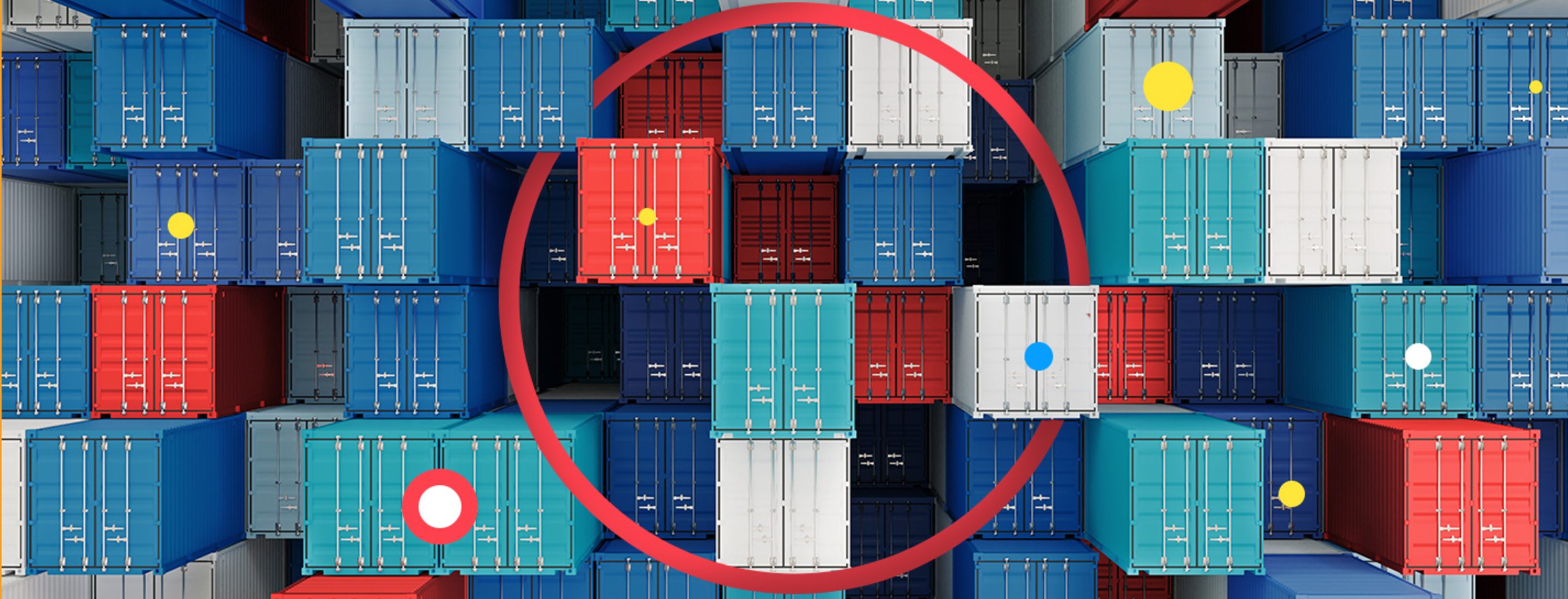What issue can we solve for you?
Type in your prompt above or try one of these suggestions
Suggested Prompt



Insights
Four ways to digitize your supply chain and increase profitability
Four ways to digitize your supply chain and increase profitability
As inflation continues, retailers can decrease operational costs by investing in back-end fulfilment.
E-commerce profitability has been an ongoing struggle for most retailers since the acceleration of online shopping during COVID-19. According to a Publicis Sapient and Salesforce survey, 9 in 10 retail decision-makers claim to know what’s needed to improve e-commerce profitability, yet half struggle to deliver.
53% of retailers believe that increasing investment in digital customer experience will increase profits. But when it comes to investing in supply chain modernization, only 43% say the same. It may be time for retailers to change their investment strategy.
“We’ve seen retailers across sectors build customer loyalty by significantly improving their e-commerce websites and omnichannel engagement strategy,” says Frans Van de Schootbrugge, director of agile program management at Publicis Sapient. “But they lose that goodwill just as quickly by not being able to fulfill online orders to customer expectation.”
During times of economic uncertainty, this issue becomes even more pronounced. As customers tighten their purse strings, retailers are forced to find long-term solutions.
Why retailers need to prioritize investment in back-end operations
In early 2022, retail decision-makers prioritized investment in a holistic omnichannel experience to meet customer expectations rather than the underlying infrastructure, including shipping and delivery partner optimization, automated fulfillment solutions, and inventory visibility solutions.
However, sustained e-commerce growth post-COVID-19 requires that retailers invest in back-end infrastructure for a few reasons:
1. COVID-19 drastically accelerated online order fulfillment standards
Research shows that consumers eagerly adjusted to faster online order fulfillment during COVID-19 and expect retailers to continue to provide free, efficient and accurate online ordering options.
According to a 2022 survey, the majority of consumers (88%) might abandon their online shopping cart if the delivery terms are bad, such as having slow delivery or high costs. Most European consumers (around 60%) believe the maximum shipping time should be 3-5 days.
Even in-store retail customers expect real-time, omnichannel inventory updates. 71% of consumers have checked retailer inventory online before shopping in-store, according to a recent Publicis Sapient survey.
2. Back-end retail technology can’t keep up with the front end

The root cause of these typical delivery problems is a combination of:
• Difficulty scaling order management systems
• Legacy commercial and supply chain systems that are unable to process large amounts of orders
• Last-mile experiences that are no longer fit for purpose
While front-end e-commerce capabilities are up and running across the industry, most retailers are still struggling with logistical issues when it comes to inventory visibility and supply chain operations.
Pandemic solutions were created to meet short-term needs without delivering long-term profitability. In fact, less than 35% of retailers currently offer same-day delivery, and only 29% believe they are currently doing a good job of hitting their delivery windows.
“Incomplete orders, missed promotions due to out-of-stocks, reduced freshness, inefficient picking, or product substitutions representing over 50% of an order will lead consumers to seek out competitors,”
Frans Van De Schootbrugge , Director of Program Management, EMEA/APAC
3. Rising business logistics costs make outdated technology even more expensive
While the Amazon Effect is pushing more retailers toward offering free one-, two- or three-day delivery—retailers are struggling with costs, especially when it comes to the "last mile.”
Business logistics costs rose by 22% in 2021, and inflation and supply chain shock continue to cost retailers. According to a 2021 report, supply chain disruptions cost large organizations an average of $184 million in lost revenue—per company—every year.
As climate change accelerates and weather events lead to more frequent supply chain disruptions, retailers that invest in real-time supply chain and inventory visibility, as well as automated operations, will be able to sustain disruptions with less revenue loss.
Top four areas for retailers to optimize end-to-end supply chains
As retailers enter a period of increased economic uncertainty, it’s time to renew investment in back-end operations to increase profitability.
Which areas can provide the most ROI?

Making e-commerce operations profitable requires modern supply chain technology, and it’s crucial that this technology can communicate and connect with physical retail stores. Customers expect an integrated omnichannel experience, which includes accurate inventory that boosts employee satisfaction at the same time. These upgrades enable more efficient order processing as well as new in-store customer experiences.
However, retailers need to make sure that cloud-enabled POS technology is scalable. Amazon has already announced that their “Just Walk Out” technology is not economically viable for scaling. This pivot highlights the need for time and investment rather than rapid changes that existing technology cannot cope with.


Product overstock and understock due to fluctuating consumer demand has become a pressing issue for retailers across the globe. Now is the time for retailers to invest in end-to-end supply chain visibility technology across e-commerce and in-store to enable faster replenishment and more informed decision-making for fulfillment strategy.
Publicis Sapient’s end-to-end supply chain visibility solution

For retailers experiencing high volumes of returns, using returns management and circular economy capabilities can result in an instant improvement of the bottom line. A circular economy for retailers is an economy that contributes less waste to the environment and encourages a “reduce, reuse, recycle” mindset through various programs.
For example, many retailers are considering renting and reselling their products through subscription services to increase their lifespan. The global apparel rental market is predicted to double by 2026, and consumers are becoming more loyal to retailers that they perceive as sustainable.
Similarly, e-commerce return rates currently hover around 20%, and for every $100 in returned merchandise accepted, retailers lose $10.30 to return fraud. With an integrated and data-informed returns management strategy, retailers can reduce climate change caused by transportation and returned product waste. According to one Publicis Sapient case study, optimizing a path to resale can result in a 5-20% reduction in transportation costs.

Machine learning and AI play a major part in optimizing operations and minimizing order fulfillment costs. By implementing a Supply Chain Control Tower powered by AI, retailers can introduce automated, real-time alerts of potential costly deviations.
Next, introducing a digital twin capability can automatically find new optimizations, efficiencies and cost savings across the current supply chain operating model. In one case, a top technology company improved the accuracy of long-range parts forecasts by 15%, reduced hard drive parts shortages by 77% and achieved a 5% improvement in on-time shipments by implementing a digital twin.
Supply chain risk management strategies for a post-COVID world
Overall, it’s key to take a long-term approach to e-commerce profitability that is scalable and data-informed. As retailers enter the post-COVID world of online shopping, they’ll need to implement modernized digital supply chains that learn and grow over time.
“Retailers have a long way to go to improve these capabilities to keep them in sync with digital customer experience improvements,” says Van de Schootbrugge. “And in most cases, they’ll enhance each other.”








